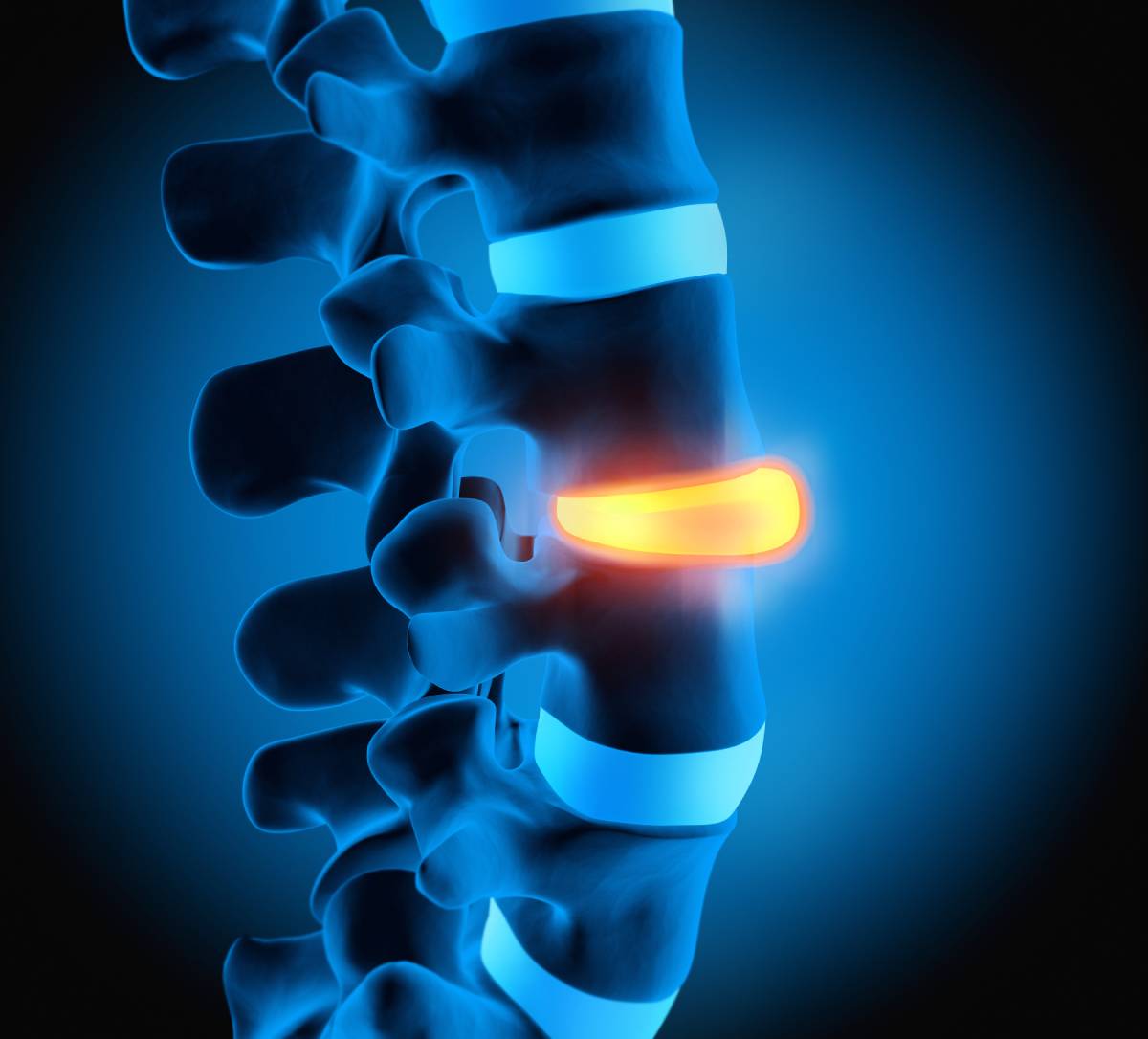Deficiencies in bone health are common among elderly populations [1]. Associated musculoskeletal conditions, particularly osteoporosis, can result in significant physical disability and psychological impacts [1]. Fortunately, following guidelines for physical activity, nutrition, and pharmacological therapies can promote bone health and avoid the musculoskeletal problems that have become characteristic of old age.
Exercise is one of the most impactful ways through which people can improve their bone health [1]. Optimally, exercise should occur frequently during maturation to ensure that young people reach their peak bone mass and, accordingly, prevent or delay osteoporosis later in life [1]. Although exercise earlier in life can be very beneficial, it is impactful during middle and older age as well [1]. While the optimal form of exercise to promote bone health is not known, researchers recommend high-impact exercises that involve dynamic movements such as hopping or jumping [1, 2]. Alternatively, odd- or high-impact movements paired with resistance training can also be beneficial [2]. People who cannot engage in high-impact activities may benefit from certain yoga postures, lower-impact resistance training, or even walking [2]. Research indicates that habitually engaging in these forms of exercise for at least two or four short (30 minute or less) sessions each week is a good guidelines for maintaining or improving bone health [2].
Better nutrition is another lifestyle change that people can adopt to promote their bone health. Multiple studies have pointed to protein as highly influential for bone health; however, protein can be either detrimental or beneficial, depending on several factors [3]. Protein source is one hypothesized factor. Shams-White and colleagues investigated the differential effects of animal-based protein versus plant-based protein [3]. Their primary outcomes included lumbar spine (LS), femoral neck (FN), and total body bone mineral density (BMD) biomarkers [3]. Despite the two sources’ dissimilar amino acid profiles, research did not show a difference in benefits [3]. Another study conducted by the same researchers found that higher protein intake was more beneficial than lower intake for LS BMD, but otherwise, the two levels of intake were comparable in terms of FN, total hip, and total body BMD markers [4]. On another note, dairy products are a greater source of bone-beneficial proteins than any other food characteristic of the adult diet [5]. Indeed, in certain populations, calcium from dairy products appears to increase bone mineral density and improve total body bone mineral content when consumed over the long term [5].
When bone conditions have already progressed significantly, doctors often need to turn to pharmacological interventions [1]. Medications for bone conditions tend to be effective, but their benefits are often short-lived and associated with rare but drastic side effects [1]. For example, treatments such as bisphosphonates are known for their high success rates in treating patients who suffer from glucocorticoid-induced osteoporosis [6]. Unfortunately, bisphosphonates may not serve as an optimal long-term solution for certain patients, in which case additional management is required [6].
Ultimately, bone health can perhaps best be achieved by regularly following guidelines that have been established by thorough research, including a high-intensity impact workout regimen and consuming bone-nutrient-rich foods, such as dairy. When bone diseases have already progressed, pharmacological treatments can be highly effective, but their success may be limited to the short term. Therefore, maintaining healthy nutritional and exercise habits is of the utmost importance to avoid persistent bone problems.
References
[1] L. Santos, K. J. Elliott-Sale, and C. Sale, “Exercise and bone health across the lifespan,” Biogerontology, vol. 18, no. 6, p. 931-946, October 2017. [Online]. Available: https://doi.org/10.1007/s10522-017-9732-6.
[2] K. L. Troy et al., “Exercise Early and Often: Effects of Physical Activity and Exercise on Women’s Bone Health,” International Journal of Environmental Research and Public Health, vol. 15, no. 5, p. 1-17, April 2018. [Online]. Available: https://doi.org/10.3390/ijerph15050878.
[3] M. M. Shams-White et al., “Animal versus plant protein and adult bone health: A systematic review and meta-analysis from the National Osteoporosis Foundation,” PLoS One, vol. 13, no. 2, p. 1-24, February 2018. [Online]. Available: https://doi.org/10.1371/journal.pone.0192459.
[4] M. M. Shams-White et al., “Dietary protein and bone health: a systematic review and meta-analysis from the National Osteoporosis Foundation,” The America Journal of Clinical Nutrition, vol. 105, no. 6, p. 1528-1543, June 2017. [Online]. Available: https://doi.org/10.3945/ajcn.116.145110.
[5] E. G. H. M. van den Heuvel and J. M. J. M. Steijns, “Dairy products and bone health: how strong is the scientific evidence?,” Nutrition Research Reviews, vol. 31, p. 164-178, March 2018. [Online]. Available: https://doi.org/10.1017/S095442241800001X.
[6] A. Caplan et al., “Prevention and management of glucocorticoid-induced side effects: A comprehensive review: A review of glucocorticoid pharmacology and bone health,” Journal of American Academy of Dermatology, vol. 76, no. 1, p. 1-9, January 2017. [Online]. Available: https://doi.org/10.1016/j.jaad.2016.01.062.









